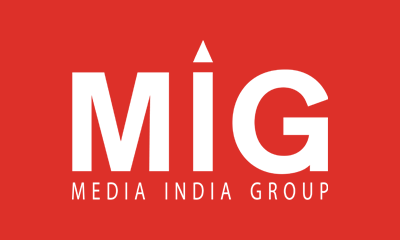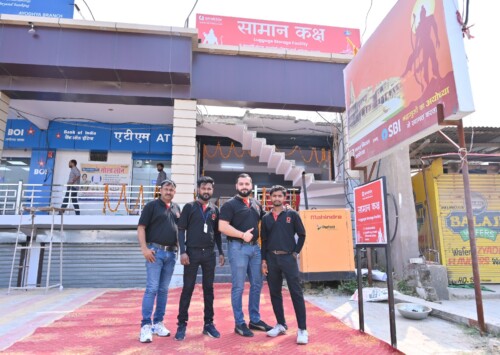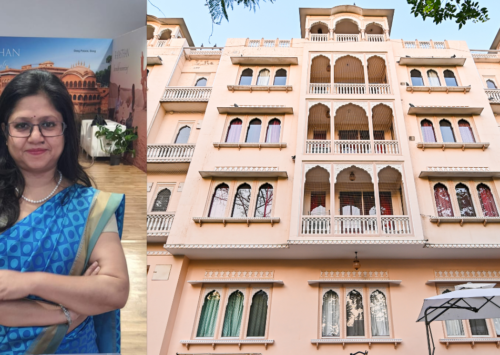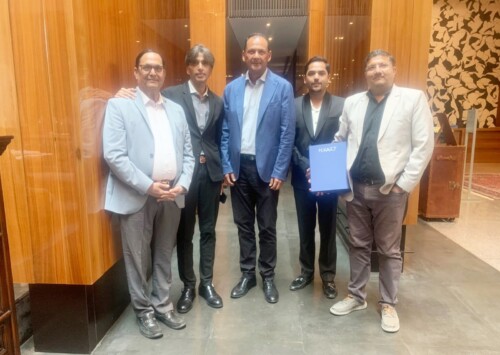Delhi’s BJP administration beyond the headlines
New government treading the line between promises and reality
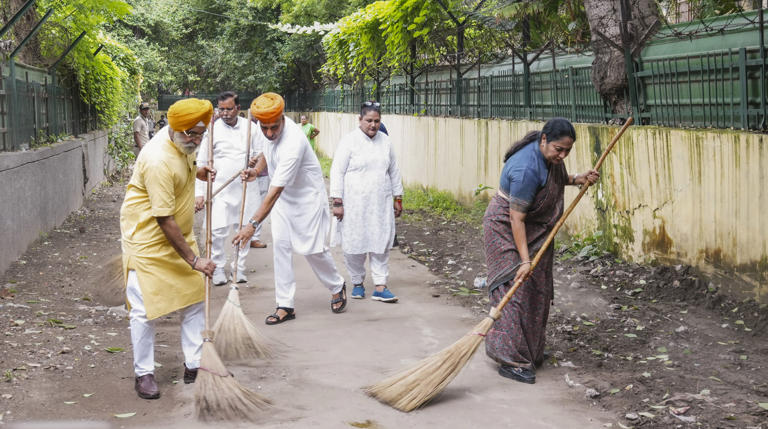
According to many residents, one thing this administration seems to have mastered is optics (Photo: PTI)
Almost five months after it came to power in local government in Delhi, the Bharatiya Janata Party has focussed more on publicity stunts and photo-ops rather than actual delivery of its promises in the election manifesto. As a result, residents in the national capital have seen a rise in power supply disruptions as well as poor garbage collection and handling, leading to questions over whether public health clinic rebranding or bus launches represent real progress or simply new appearances.

According to many residents, one thing this administration seems to have mastered is optics (Photo: PTI)
When Delhi went to elections in February 2025, the Bharatiya Janata Party returned to power in the capital after nearly three decades. Rekha Gupta was sworn in as Chief Minister on February 20, promising change, transparency and action, while sharply criticising the previous Aam Admi Party government.
Since then, much has been said and shown. If one were to believe the headlines and social media feeds, the city appears cleaner, more efficient and finally heading in the right direction. However, what is happening on the ground tells a more complicated story.
According to many residents, one thing this administration seems to have mastered is optics. Whether it is a minister sweeping the floor of a government office or Gupta personally inspecting garbage sites, photo opportunities seem to have become a favoured tool of governance. From highly-publicised cleanliness drives at already clean religious sites to fixing a single pothole accompanied by full media coverage, almost every civic action is now staged in front of cameras and shared with snappy captions.
“They spend a huge amount on advertising and publicity, which often overshadows actual governance. The new government has been focusing on projects with photo ops more than actual reforms. The process of one pothole being filmed in the presence of MLAs and media is absurd,” Ritik Sharma, a working professional and resident of Delhi, tells Media India Group.
Beyond the photo shoots, several changes have sparked debate. Mohalla clinics, AAP’s flagship neighbourhood healthcare centres, have now been renamed and repainted as “Ayushman Arogya Mandirs”. While the BJP claims these are upgraded dispensaries, critics argue it is a cosmetic name change aimed at appearing to initiate new work.
“The nameplate is changed, the building is painted saffron, and it is presented as something new. This is not governance, it is marketing,” an AAP spokesperson remarked at a recent press briefing.
Similarly, launch of a few electric buses has raised eyebrows. The BJP government launched a new fleet of saffron-coloured electric buses under the Delhi Electric Vehicle Initiative (DEVI). Gupta inaugurated 105 of these buses on June 27, alongside a new depot in Narela. Yet AAP leaders accuse the BJP of merely repackaging buses that were introduced by the AAP last October. Atishi and Saurabh Bharadwaj have called the switch a deliberate attempt to mislead the public and claimed that the current rollout is little more than rebranding.
Meanwhile, another concern that has struck residents is the electricity situation. Power cuts have become more frequent in areas such as Rohini, CR Park and Kamla Nagar, with bills rising steeply due to sharp increases in Power Purchase Adjustment Charges (PPAC), BRPL and BYPL have hiking them by more than 13 pc and TPDDL by over 19 pc. The BJP blames a INR 270 billion regulatory deficit left behind by the AAP, warning that tariffs could climb further. The administration has launched a INR 33 billion power infrastructure upgrade, helping the city meet a record peak demand of 8,442 MW on June 12 without scheduled load-shedding, and reducing unscheduled outages slightly, though many residents still report patchy supply.
“Many people expected stronger progress on major urban issues like pollution control, sustainable waste management, reliable water supply, and urban planning. These areas still seem to lack coordinated, long-term solutions despite repeated promises,” adds Sharma.
Next came the rains, heavy, relentless downpours in May brought Delhi to a standstill. The city recorded its wettest May since 1901, with record-breaking rainfall that flooded roads, disrupted power, downed electricity poles, transformers and trees, and brought the city’s infrastructure under fire.
AP seized the moment, accusing the BJP’s four-party-controlled government of failing to manage basic drainage. “While BJP functionaries pose for photo‑ops, Delhi drowns,” they charged.
“The new government has been focussing on projects with photo ops and more actual reforms. The process of one pothole being filled was photo opped in presence of MLAs and media. Despite the campaigns, issues like garbage, patchy cleanliness and unreliable basic services persist in many areas,” a Shilpa, a Delhi citizen tells Media India Group.
BJP leaders responded by pointing to swift action, authorities cleared fallen trees and drained lands, claiming much of the flooding had been addressed by midday. Still, critics and opposition activists, including from AAP, have mocked the city’s condition, sarcastically dubbing the floods “water‑sports”.
“Effective governance should be measured by the quality and reach of services, not just how frequently updates appear in the media. Transparency, follow-through, and tangible results should speak louder than any promotional effort,” says Sharma.
